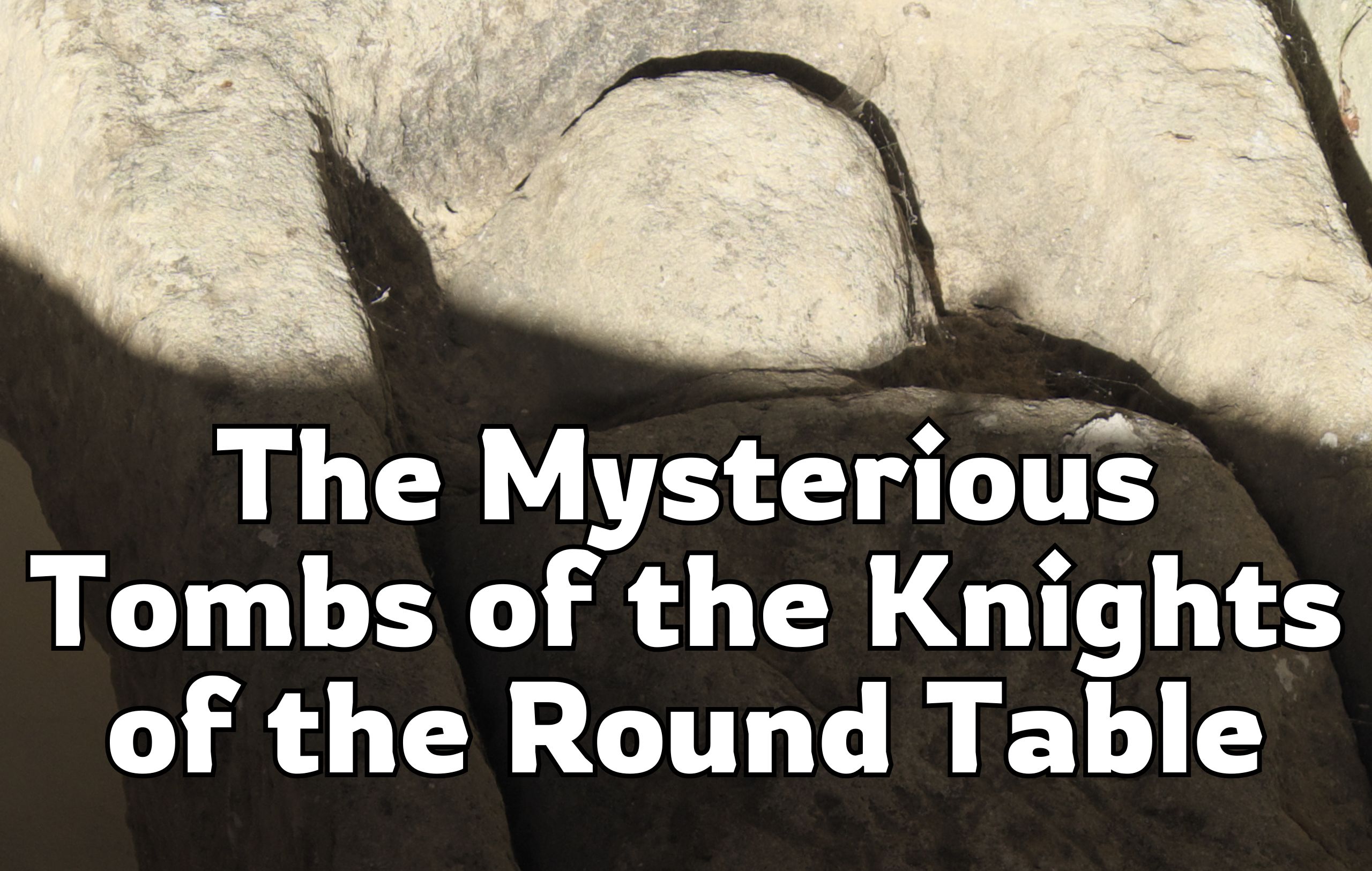
"In the mid-thirteenth century, the Dominican preacher Étienne de Bourbon compiled his vast Tractatus de diversis materiis predicabilibus at the convent of Lyon (c. 1250-1261). Structured around the seven gifts of the Holy Spirit-though death prevented him from completing more than five-it was a storehouse of exempla designed to enliven sermons. One of its most striking passages appears in the first book, under the gift of Fear ( de dono timoris), in the seventh section devoted to the fear of particular judgement."
""I myself saw..." Étienne writes that he had personally seen, in the diocese of Autun: "countless tombs" near a village he calls Aleuse. Local people said that these were the resting places of Arthur's knights-Yvain ( Divianus), Gawain ( Galvanus), Erec, and their companions. Yet in most graves nothing remained but worn bones and a fine powder of dust; in some, scarcely anything at all. There, he adds, the Romans had fought Arthur's household, and innumerable warriors on both sides had fallen, leaving many empty tombs."
A mid-thirteenth-century Dominican compiled the Tractatus at Lyon, arranging exempla around the seven gifts of the Holy Spirit. In the section on Fear the compiler reflects on putrefaction, using vivid images of worms, a toad, and bodies reduced to dust, and cites scriptural and saintly examples. He reports seeing countless tombs near Aleuse in the diocese of Autun that locals identified as the graves of Arthurian knights. Most graves contained only worn bones or fine dust. He situates the site in a reported battle between Romans and Arthur's household, linking legend and landscape.
Read at Medievalists.net
Unable to calculate read time
Collection
[
|
...
]